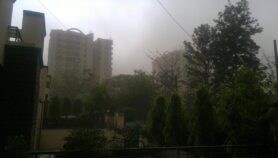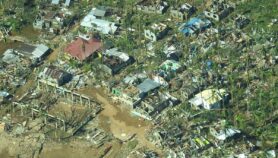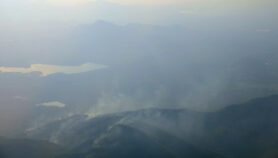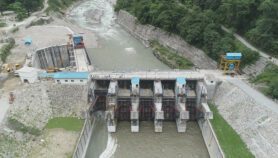By: Sophie Hebden
Send to a friend
The details you provide on this page will not be used to send unsolicited email, and will not be sold to a 3rd party. See privacy policy.
The Indian Ocean’s tsunami warning system is now “up and running”, UNESCO said yesterday (28 June).
A network of 26 national information centres will allow countries to receive and distribute warnings of potential tsunamis.
Impetus for creating the system came after a tsunami killed 220,000 people and left 1.5 million homeless in the region in December 2004.
With the new system, scientists will be able to pinpoint the origin of tsunamis more precisely, thanks to 25 new seismographic stations that detect underwater earthquake tremors.
Three deep-seabed sensors are in place to detect tsunami waves through tiny changes in water pressure. More equipment, including satellite sensors and more seabed sensors, will be added to the system in late 2007 and 2008.
The locations of seven regional warning centres, which will gather information from the stations and distribute it to the national centres, have not yet been agreed. In the meantime, Japan and Hawaii are fulfilling this role.
UNESCO director-general Koïchiro Matsuura had cautious praise for the new system, saying it needed to be tested in real situations and that its success depended on the open and free flow of data between nations.
He said the work is far from finished, adding that the most difficult part of establishing a warning system is building national preparedness.
“A timely and 100 per cent accurate and precise warning will not provide any protection if people to not know how to respond to the emergency,” said Matsuura.
The system is being coordinated by UNESCO’s Intergovernmental Oceanographic Commission, which built a warning system for the Pacific region 40 years ago.












